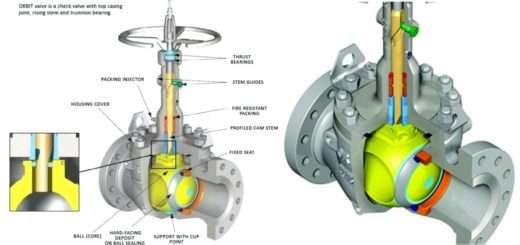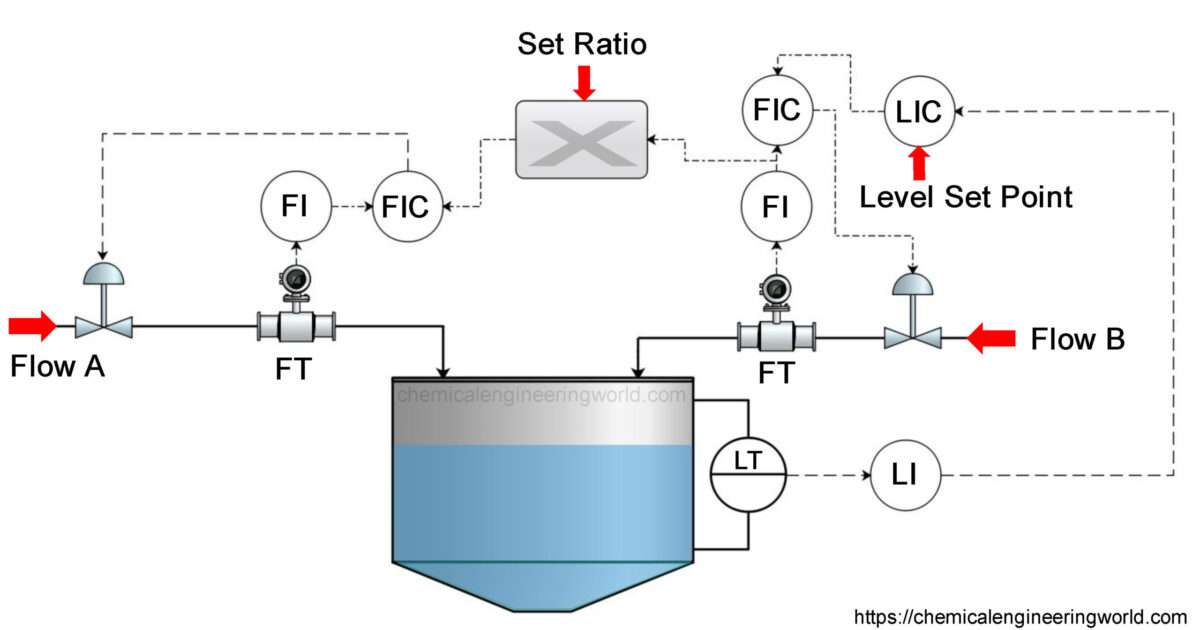Seaborgium Element Properties and Information

Seaborgium Element Properties and Information
Seaborgium is 106th element on the periodic table. Elements are arranged in the periodic table on the basis of the atomic number. Atomic number is the number of protons in the nucleus of the atom. Seaborgium has an atomic number of 106. It is located in the Group 6 and Period 7 of the periodic table of elements and denoted by the symbol ‘Sg’. Seaborgium is named after Glenn T. Seaborg, who was instrument in producing several transuranium elements.
Seaborgium was discovered in 1970 by a team led by Albert Ghiorso at the Lawrence Berkely Laboratory (LBL); they bombarded californium with oxygen and obtained isotope-263 of element-106. A team led by Georgy Flerov and Yuri Oganessian produced isotope-259 and isotope-260 of the element-106 at Joint Institute for Nuclear Research (JNIR) by bombarding lead with chromium in 1974. Seaborgium does not occur naturally in Earth’s crust; it can only be prepared in a synthetic manner in particle accelerators. It cannot even be prepared in a nuclear reactor. All the isotopes of seaborgium which have been characterized so far have been obtained synthetically.
Physical Properties
- Seaborgium is a synthetic superheavy transactinide element.
- The atomic mass of seaborgium is 262.94.
- The melting point of seaborgium is unknown as of yet.
- The boiling point of seaborgium is unknown as of yet.
- The density of seaborgium is unknown as of yet.
- Very few properties of seaborgium have been measured so far because it decays very quickly.
- Seaborgium is expected to be a solid under normal conditions.
- Seaborgium is expected to assume a body-centered cubic structure.
The longest lived seaborgium isotope has a half-life of 14 mins.
Chemical Properties
- Majority of chemical properties have only been derived from theoretical calculations.
- The properties of seaborgium which have been measured so far are only related to singular-chemistry.
- Seaborgium needs to be produced one atom at a time; this greatly hampers the experimental chemistry studies.
Seaborgium is observed to form chlorides, fluorides, oxycompounds.
Methods of Production
Particle Accelerators: All the elements which have atomic number greater than 100 can only be prepared through reactions in a particle accelerator such as a cyclotron; they are not formed in a nuclear reactor. Lead-208 bombarded with chromium-54 yields seaborgium-260.
Relevance in Chemical & Related Industries
Seaborgium has no relevant use in chemical & related industries.
Relevance in Other Industries
Research: Seaborgium has relevance only in the field of research.
Health Effects on Exposure
Seaborgium doesn’t occur naturally hence there is no reason to study its effects on health.
Effects on Surroundings
Seaborgium does not occur in Earth’s crust hence there is no reason to study its effects on environment.
References:
https://en.wikipedia.org/wiki/Seaborgium
































